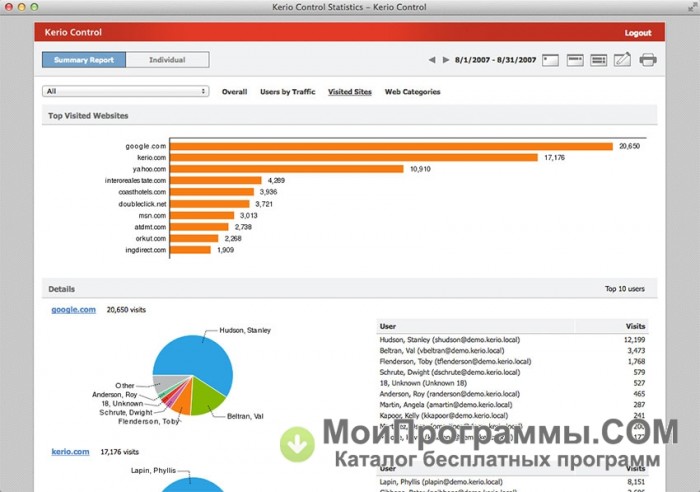
For example, risk proxying solution and buying a GoDaddy certificate to secure a couple of APIs was a piece of cake. It's quite a stable product in that respect and it does look after itself quite well. I've seen products before where you can get them running, you make the slightest configuration change, and the whole thing comes crashing down.

The fact that I was able to get it set up and going with minimal fuss was definitely a plus for the product. I'm experienced in networking, but I'm not a network engineer per se, I'm more software development. For what it is scanning, it's working fine. And now it comes with Defender, which currently works well. That's not what we are using it for, but our experience with the internal firewalls are a bit different because you can also use an external firewall in the product itself.

The antivirus helps people who are uploading files, so that they are scanned. And we have the enterprise solution, which is their fastest firewall, the NG500, and that's a rack model firewall. They have a bit of a larger model, the NG300, which is suitable for faster solutions. The NG100 is for really small solutions where you just need a firewall with VPN capabilities. We are using three of Kerio Control's models. The biggest lesson I have used from using Kerio Control is that I would choose the NG500, the rack model, over any other model they have, as that has proven to be the most stable version and the most stable product. There are vulnerabilities in all browsers. They all have their things that are not working correctly. It doesn't matter whether you're using Firefox, Chrome, Mozilla, Internet Explorer, or Edge. It's because of the security flaws that are mostly in browsers and they're never up to date. These days, everything is being arranged by a browser but I understand why they took it away from the browser.

I believe we had that kind of functionality in previous versions of Kerio, even when it was called WinRoute, but they took it out. If they are verified and authenticated, they can use the different networks. Some of them want to have a browser solution where they just enter an address and they type in a username and password, even verified by a two-step verification. Not every customer wants to install a VPN client to get to a different network. If you have never seen a product like Kerio Control, it's still quite easy to implement the firewall. That's totally dependent on each customer. Each implementer or solution specialist needs a product that fits the needs of the company or customer.


 0 kommentar(er)
0 kommentar(er)
